KOKUYO DESIGN AWARD 2025 Report
Works that advance the times with diverse approaches won the award
KOKUYO DESIGN AWARD is an international competition for product design that aims to co-create with talented designers and support their activities. The 22nd edition of the event took on the theme: "prototype." During the application period from July 26 and October 9, 2024, a total of 1,448 entries poured in from Japan and abroad (716 from Japan and 732 from overseas). On March 15, the final judging for the KOKUYO DESIGN AWARD 2025 was held, with one Grand Prix winner and three Merit Award winners selected.
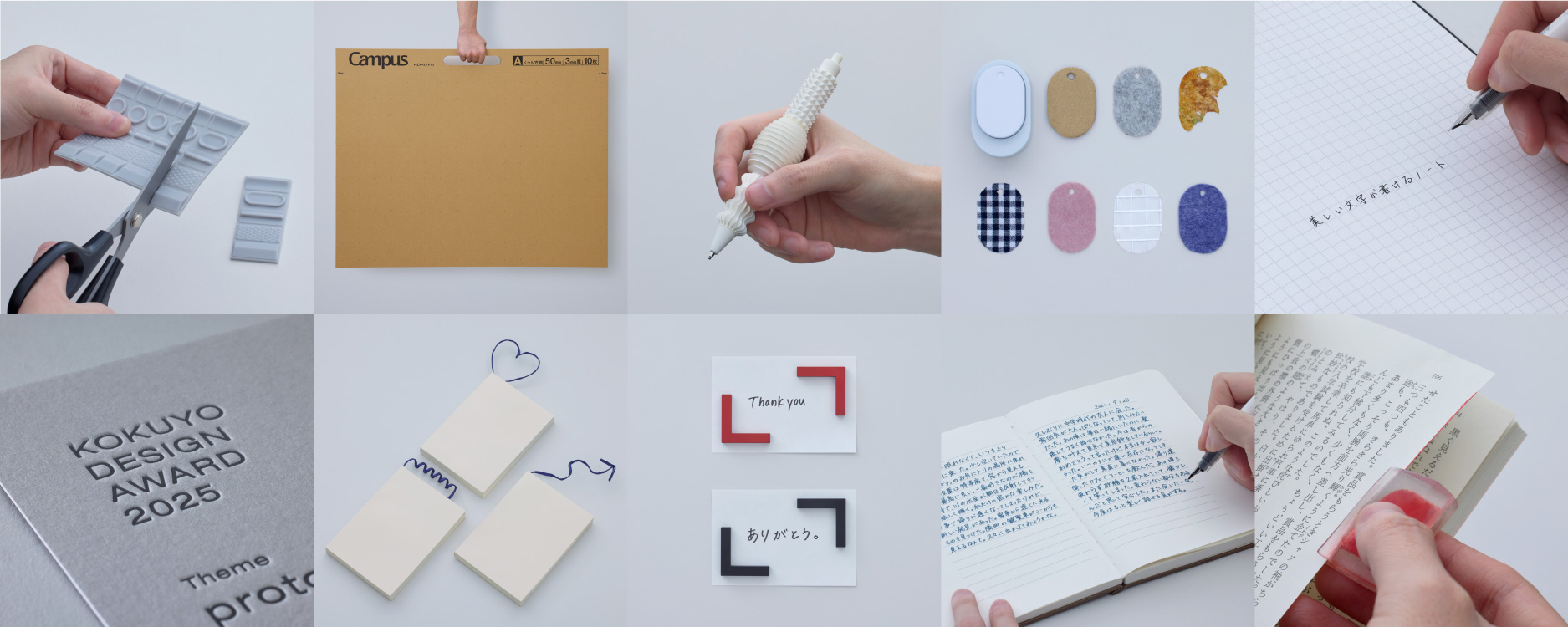
On the day of the event, the nine finalists who advanced past the second round gathered at the Shinagawa office in Tokyo to give their presentations. While "prototype" typically refers to a trial product or model, this competition redefines it as the blueprint of an idea with the potential to spark what's next. The call was for designs that not only hint at the future but actively help shape it---designs that serve as a catalyst for what's to come. The finalists took on this tricky theme with diverse and inventive approaches, submitting works that were both highly refined and rigorously explored. However, with a theme that demanded depth and a search for true essence, the judging proved more difficult than ever.
The Grand Prix went to a design sparked by the sense of touch.
After the finalist presentations and Q&A wrapped up, the deliberations began. The judges exchanged views on what "prototype" should represent in the context of this competition and debated how each work should be evaluated. At times, some spoke so passionately about the appeal of the works, it felt like the creators were speaking through them. The final deliberation was intense, with judges remarking, "This is polished down to the last detail," "This must have gone through countless tests," and "This work carries a richness that embraces its challenges." Finally, the winners were decided by vote. "NEWRON" by Toshiyuki Kawada earned the top prize.
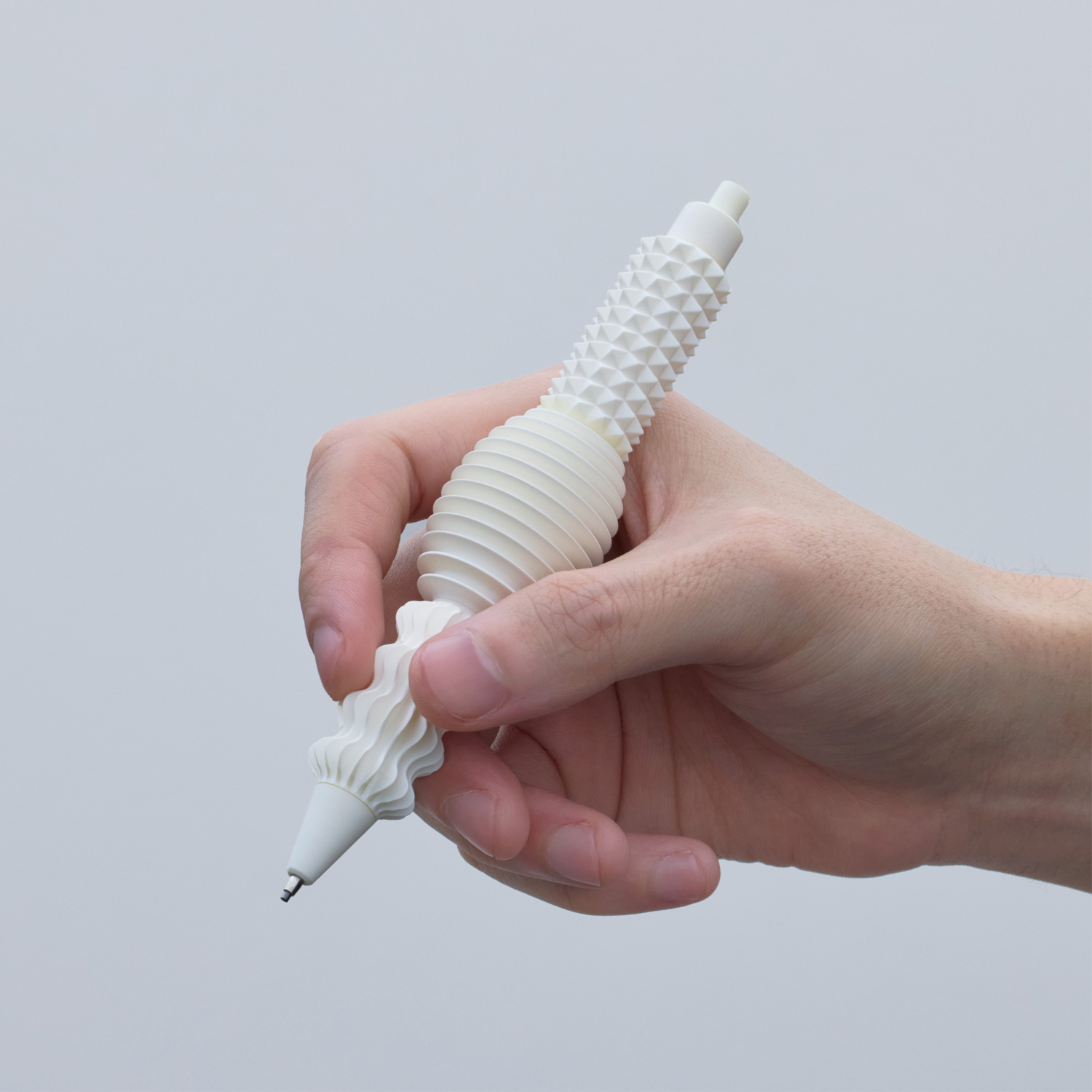
Grand Prix "NEWRON"
Many nerves are concentrated in the human fingertips, and brain function is activated by stimulating the fingertips. To help spark ideas, twelve types of grips were created, each with uniquely shaped protrusions. After countless 3D-printed trials, a hard ceramic material was chosen to deliver sharp, defined edges. At first, the design drew criticism: "It doesn't look beautiful," "The materials need rethinking." It was too unconventional to even be called a pen. But once in hand, judges felt the tactile stimulation of the protrusions immediately---completely changing their impression. That moment revealed a new design approach: starting from the nerves, finding form through touch. "Just how easily our eyes can deceive us. Like a deep-sea fish. "There's logic in their design." And the debate lit up. The judges agreed it held the potential to spark something new, a glimpse of the future, and awarded it the Grand Prix. After receiving the award, Kawada commented: "I placed importance on whether it could stimulate the sense of touch and the brain, aiming to create a beautiful structure based on that. "I was thrilled that the pen's satisfying movement in use was recognized." With so much room to further explore its logic, expectations continue to rise.
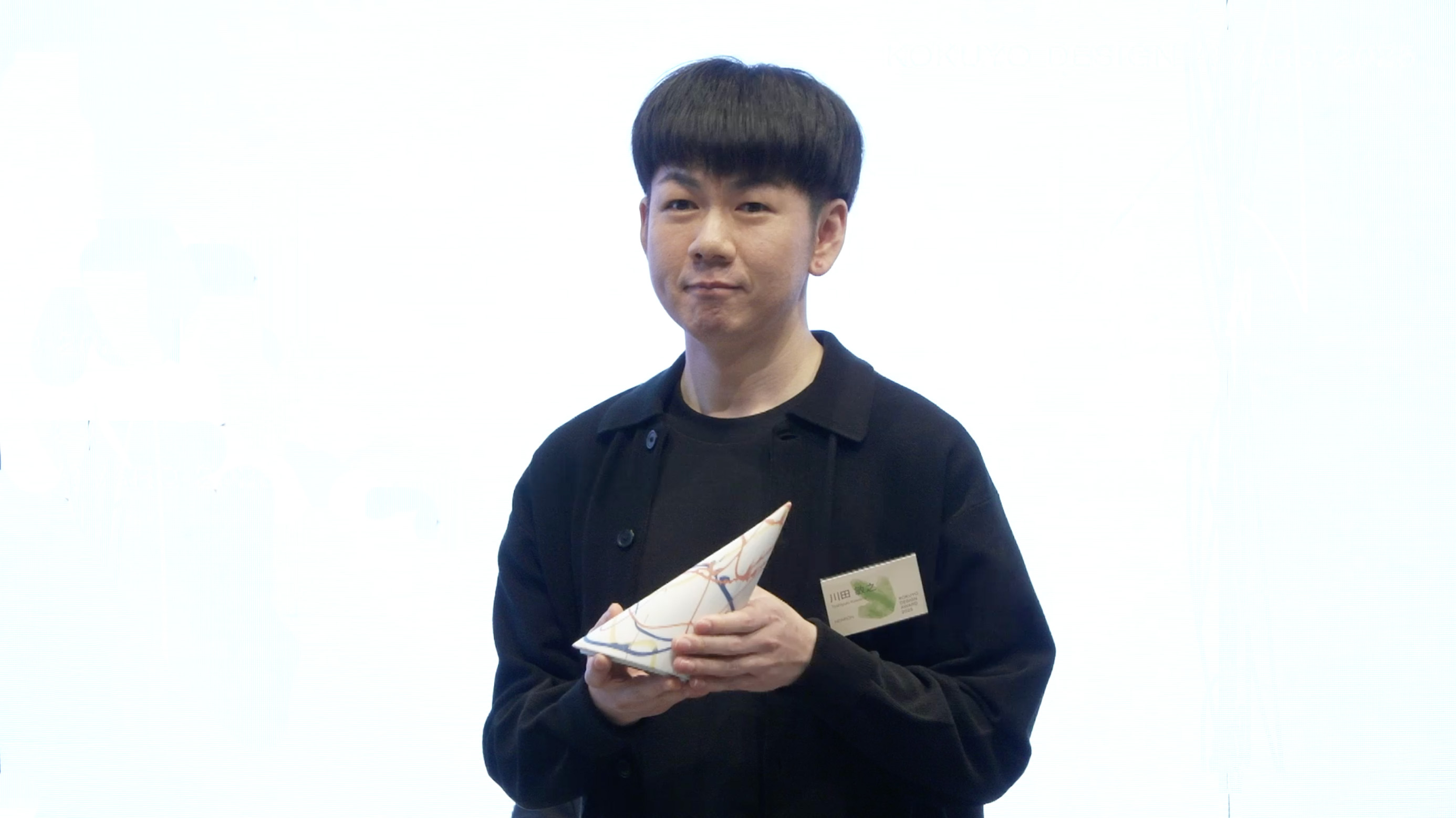
Toshiyuki Kawada, Grand Prix winner
Three Merit Award
The following three entries received Merit Awards.
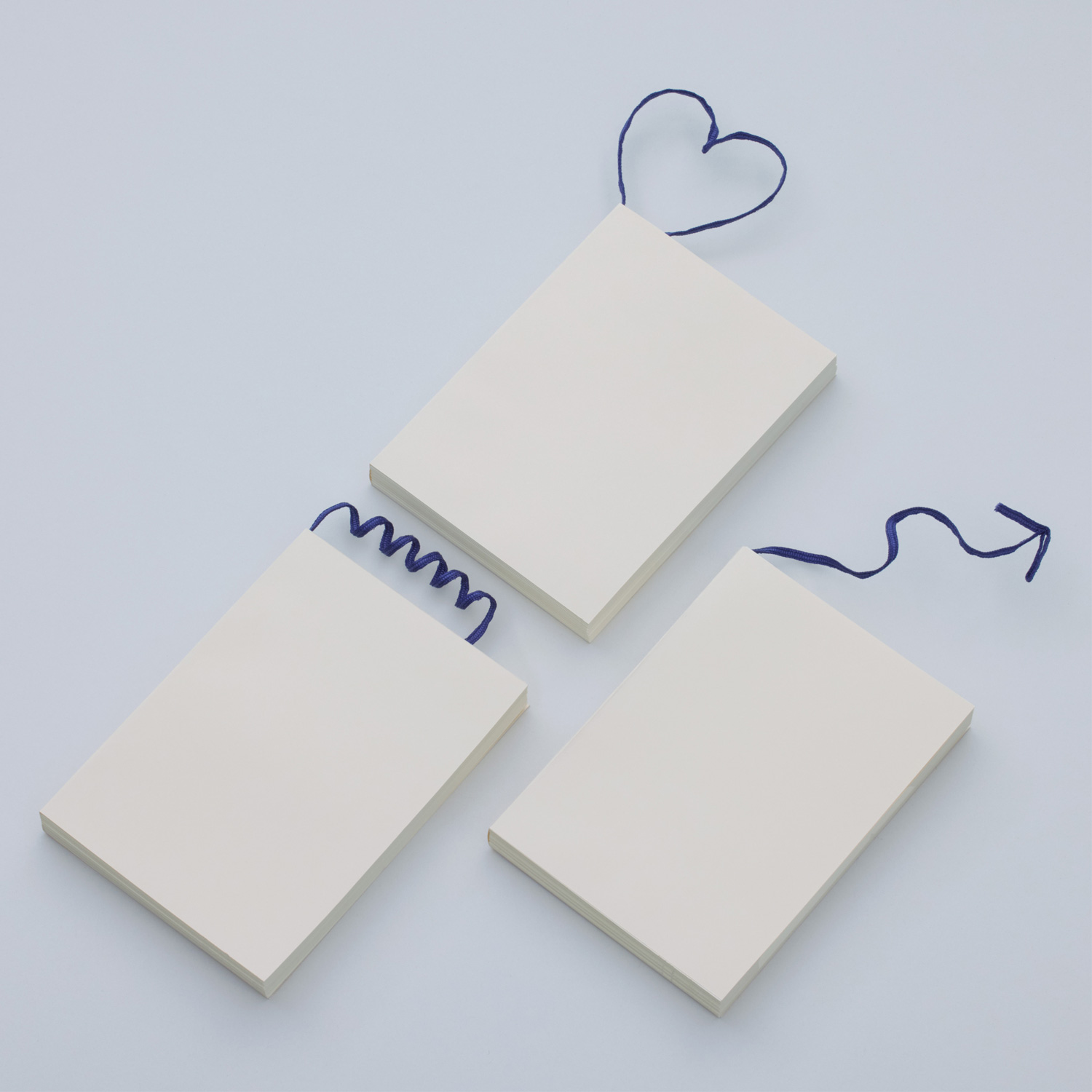
Excellence Award "spinning"
Haruki Ichijo's "spinning" is a proposal that uses the string (called a spin) attached to books to suggest a free and open-ended "something." The idea sparked intense debate, as its commercialization posed significant challenges. "Isn't this a break from the traditional problem-solving format of design?" " That 'wouldn't it be nice?' kind of perspective is something that design should originally value."---And the debate kicked into high gear. Ultimately, it was chosen for the Merit Award as a work that truly embodied what this award stands for. Haruki Ichijo also took home the NEW GENERATION AWARD.
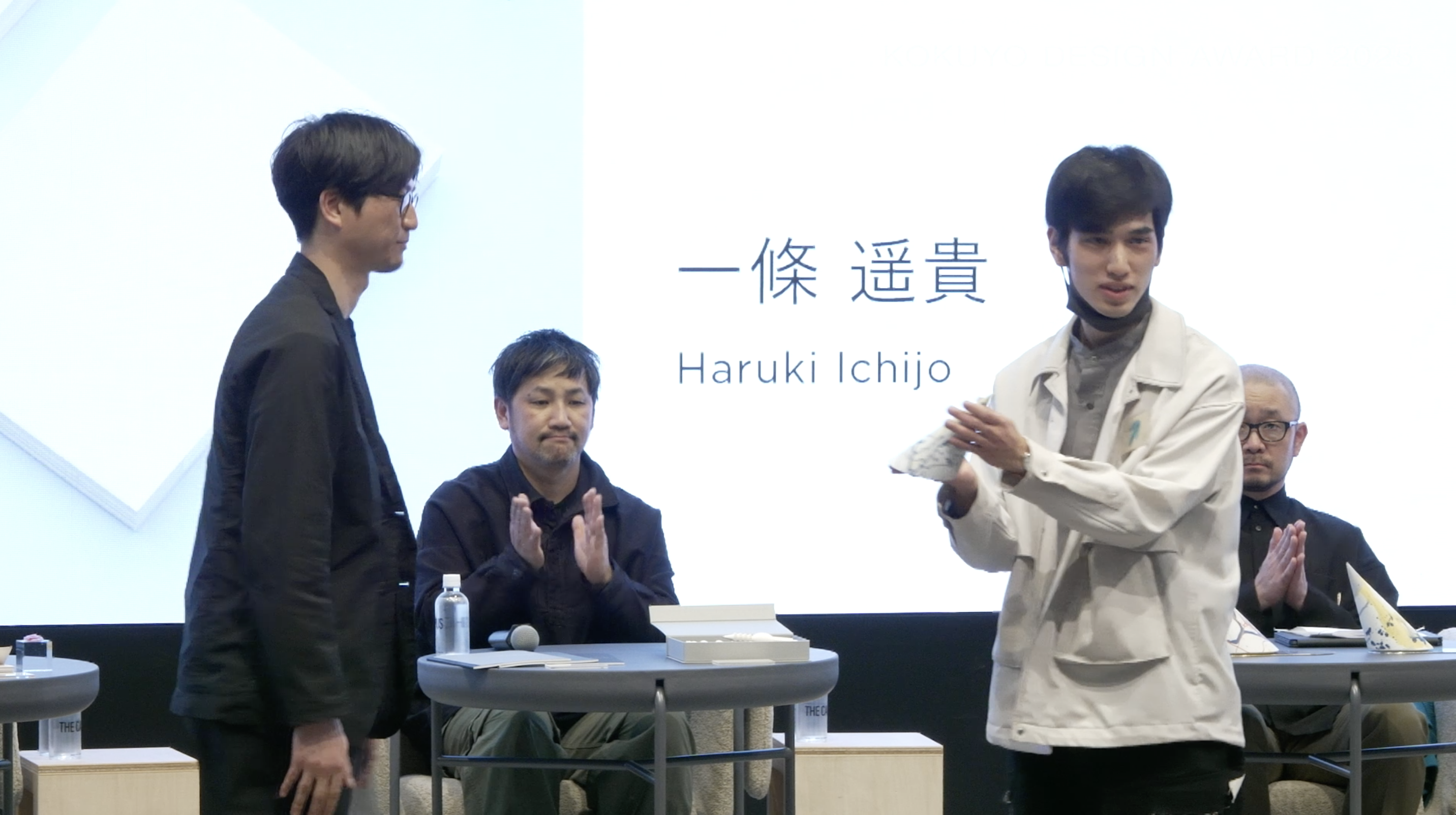
Haruki Ichijo, winner of the Excellence Award
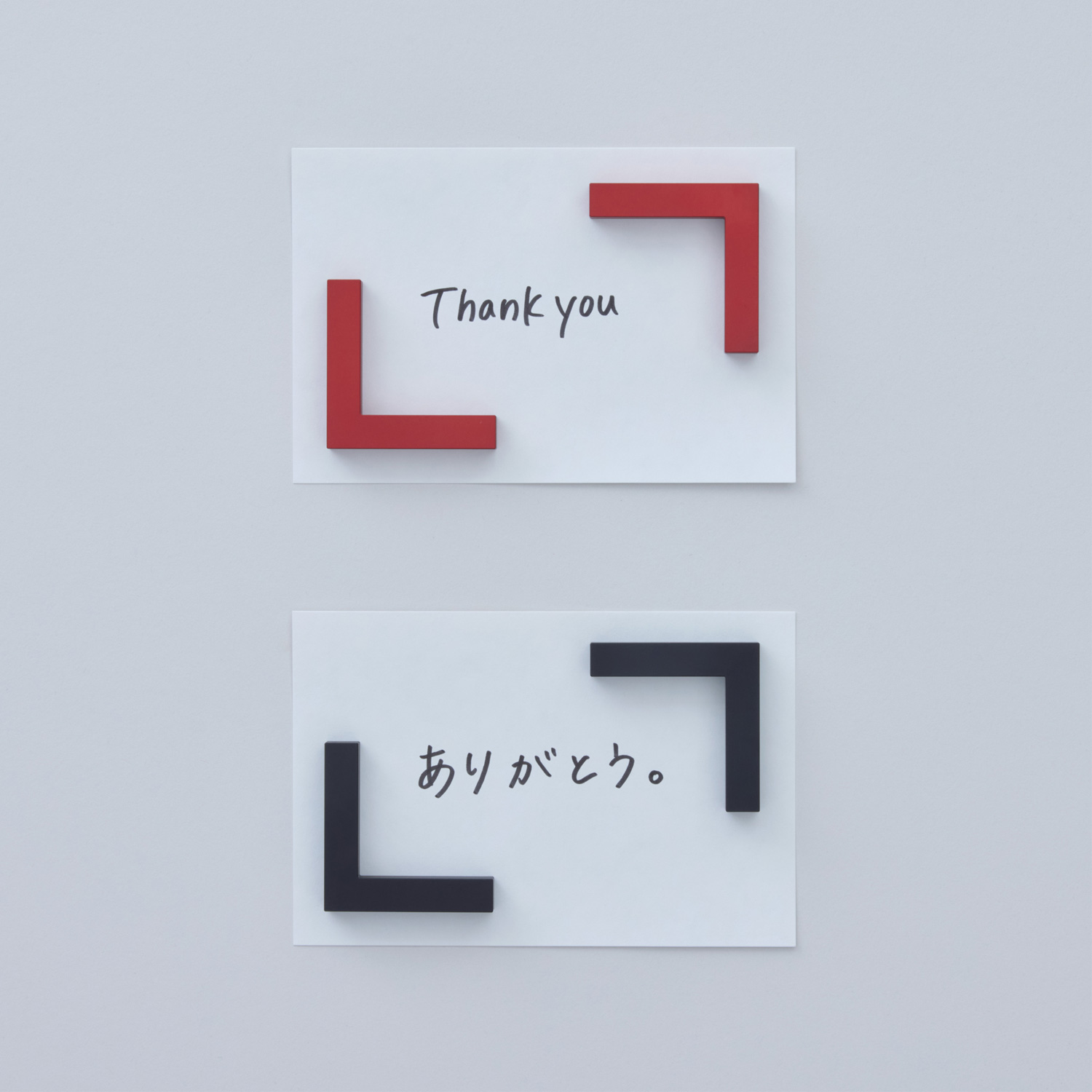
Excellence Award "KAKONET"
Yoshihiro Matsumura's "KAKONET" adds emotion to information by highlighting it with magnetic quotation marks. The judges were struck by a presentation that revealed both a pure approach to communication design and the creator's genuine character. There were also comments that the form of the quotation marks could use more consideration. Matsumura admitted, "I struggled with the shape, size, and texture." This piece goes beyond being just a magnet and opens up new possibilities for people to set something in place for someone else.
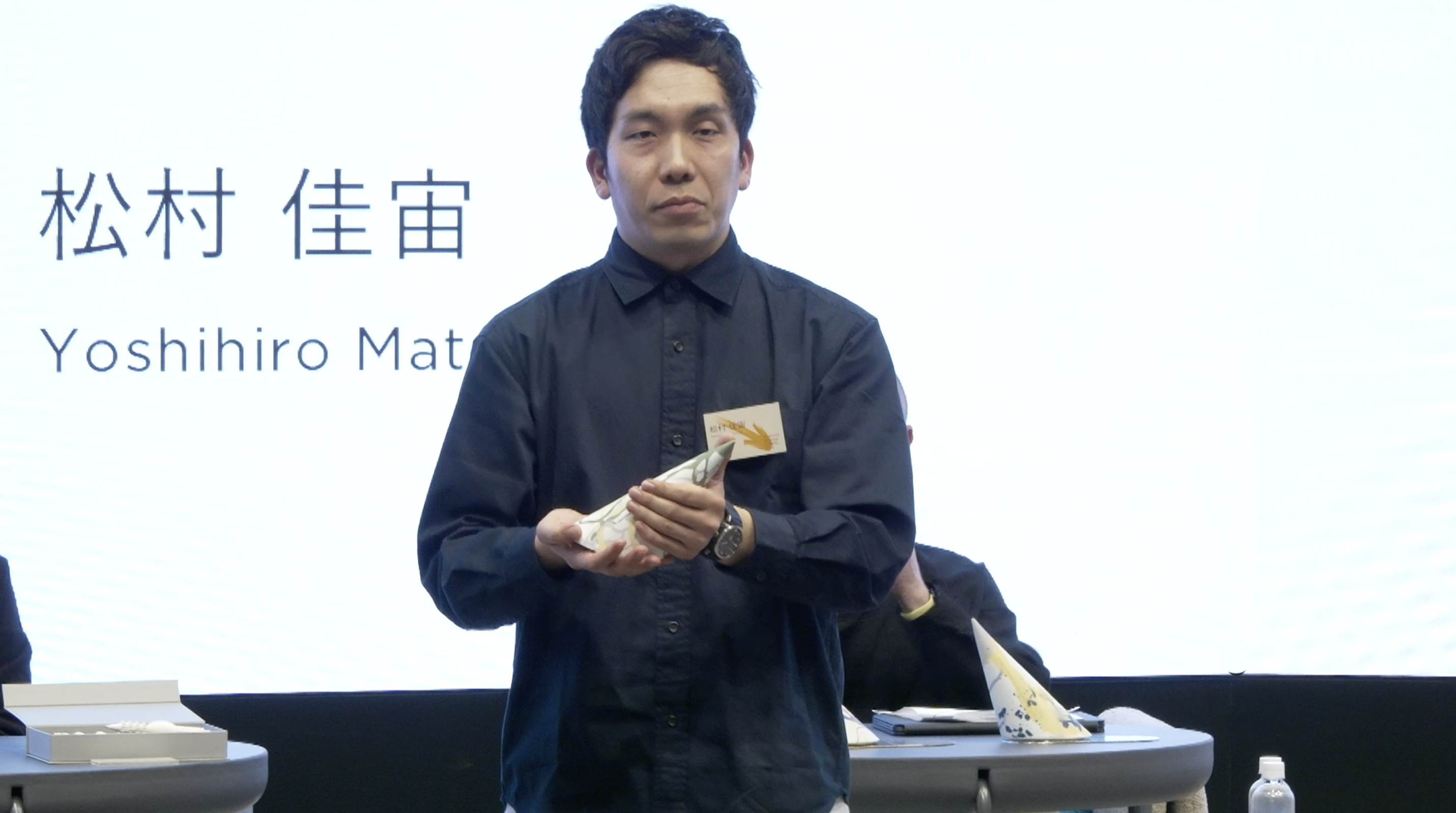
Yoshihiro Matsumura, winner of the Excellence Award
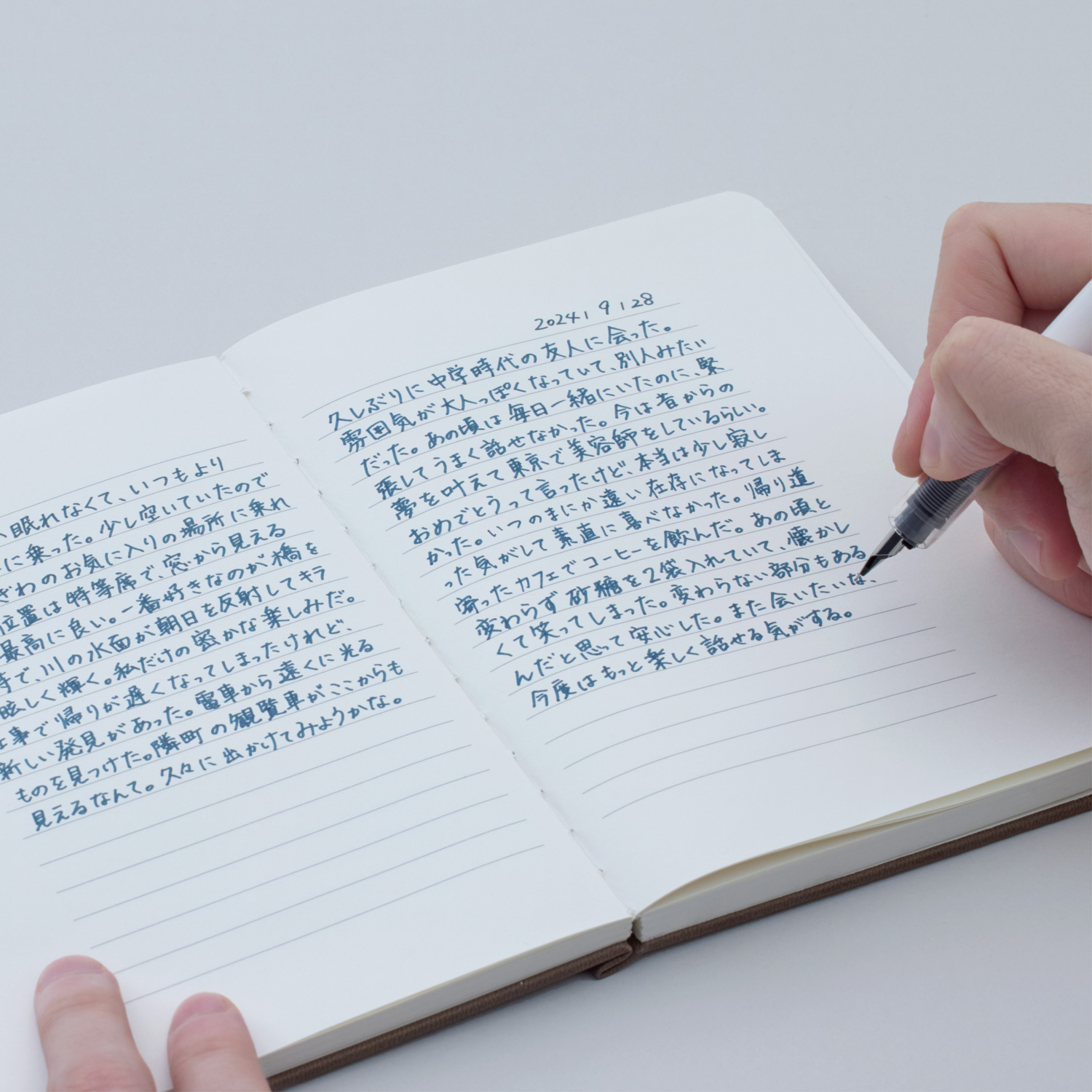
Excellence Award "Secret"
In "Secret," weiweichen reveals how a small tweak---diary lines converging inward---can create a powerful emotional shift in stationery. Gaowei Liu and Cheng Chen say their design explores the tender corners of the human heart. A great deal of careful trials with size and line variation waw clear in the final product, which stood toe-to-toe with the Grand Prix winner until the very end. It's a piece that speaks gently to the heart.
The other finalists also presented a strong lineup of impressive works. "Universal sticker" by Yasuyuki Yamada, a finalist for the second year in a row, "seems to have more potential ---not just in terms of universal gaps." HASNICCA's "Campus Cardboardpad" (by Shunya Kokubo, Keishiro Nakahira, Ryunosuke Taketomi) was praised as "a groundbreaking take on new craft, but with room for further design refinement." Created by Yukiko Iwasaki and Ryo Matsuoka, "material tag punch" was described as "visually poetic and emotionally resonant, but the collecting aspect feels a bit strained." Though each design was strong, comments also touched on why they narrowly missed out on a Merit Award.
Looking Back on the 22nd DESIGN AWARD
Following the award announcements, all six judges---including two joining remotely---took part in a live talk session. They reflected on the theme of "prototype" and shared their impressions of the finalists and the judging process. The discussion was streamed live.
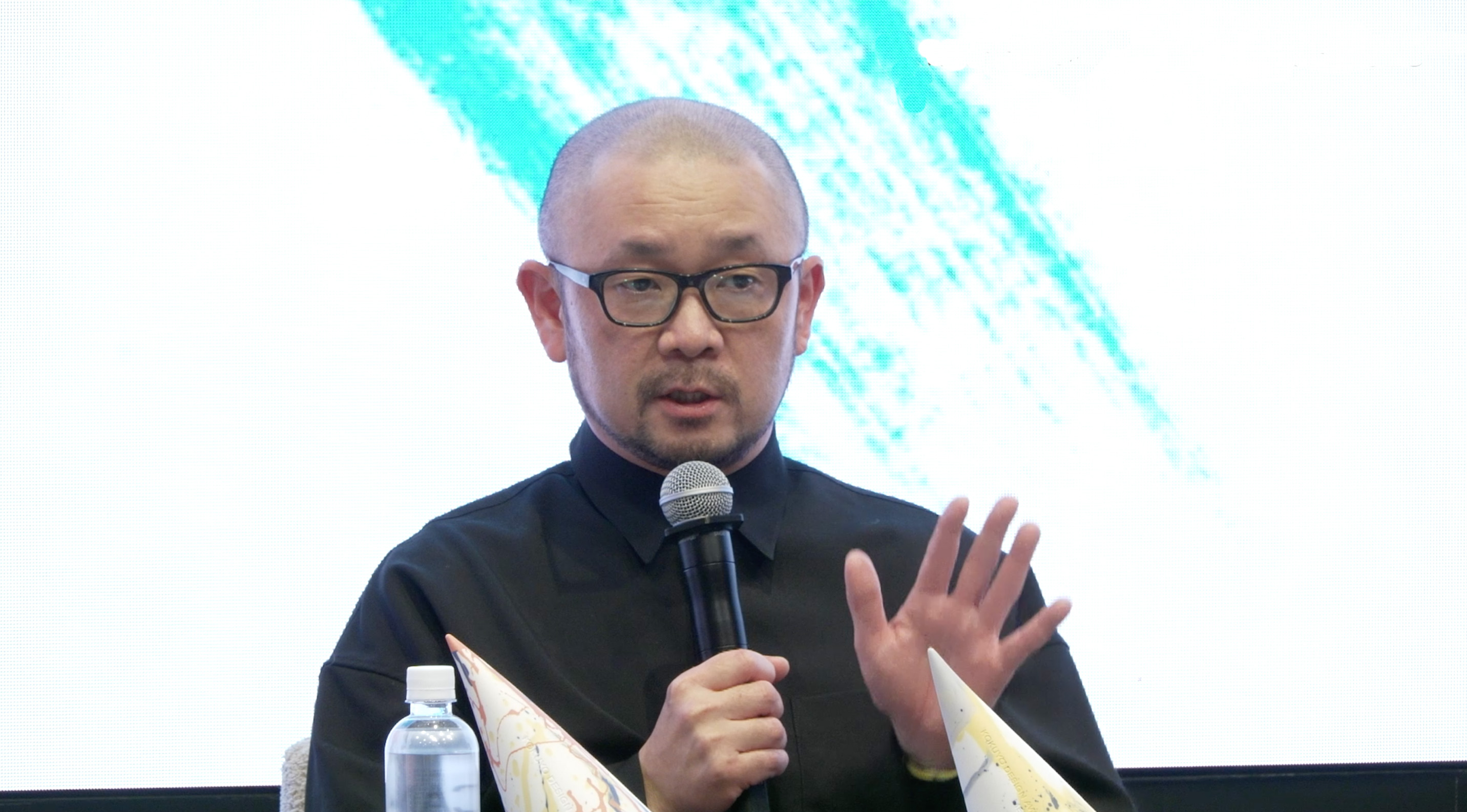
Shogo Kishino (Art Director and Graphic Designer, Representative of 6D-K), who also created the key visuals
"Questioning the 'prototype,' a core part of any designer's process, is really about examining the essence. With so many strong entries, our standards kept shifting. We wrestled with every decision" (Kishino)
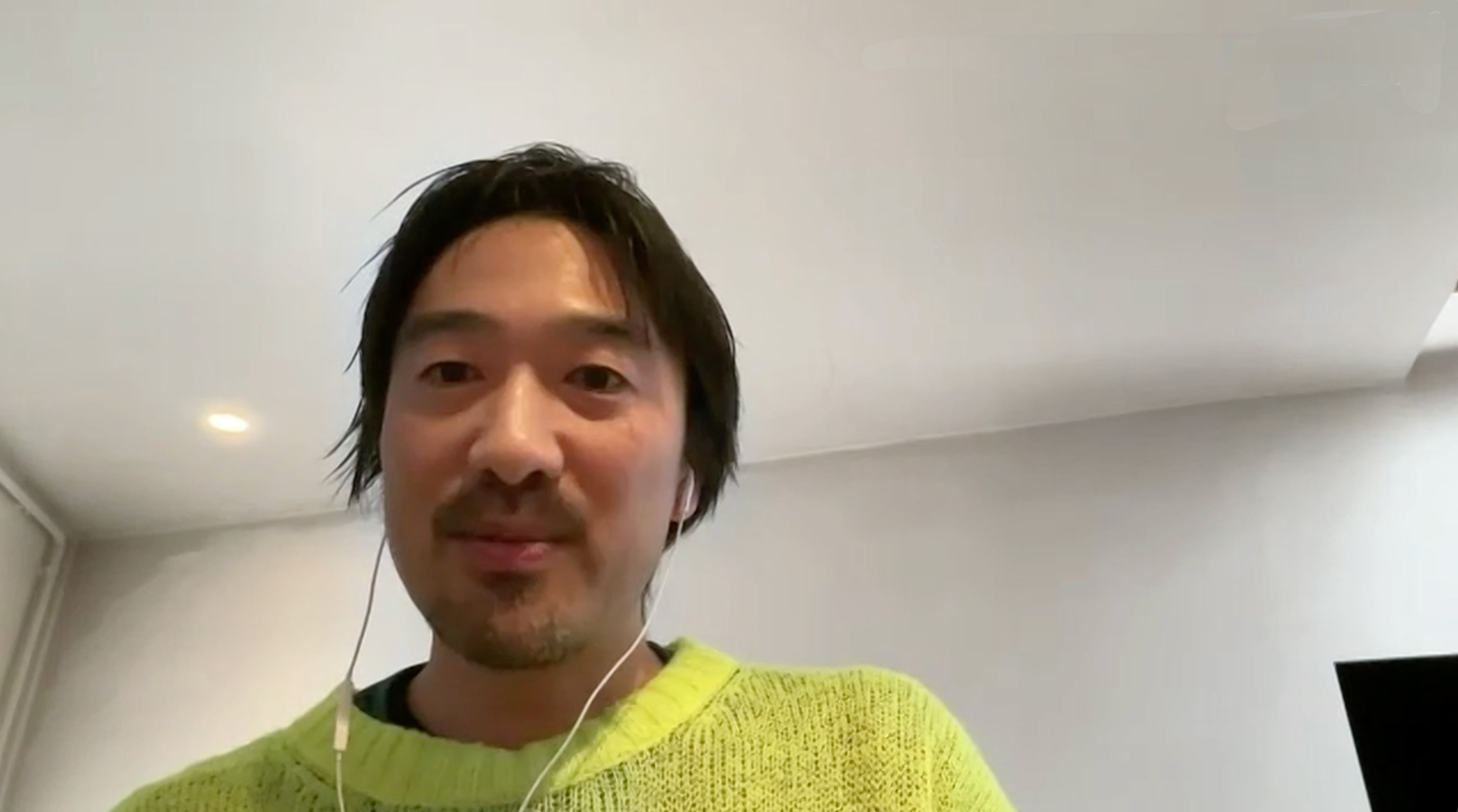
Tsuyoshi Tane (Architect, Representative of Atelier Tsuyoshi Tane Architects)
"Everyone came well prepared---with mockups, presentations, everything. We saw works that could shape the future, and as judges, we were tested too. This competition has become a force that advances the times." (Tane)
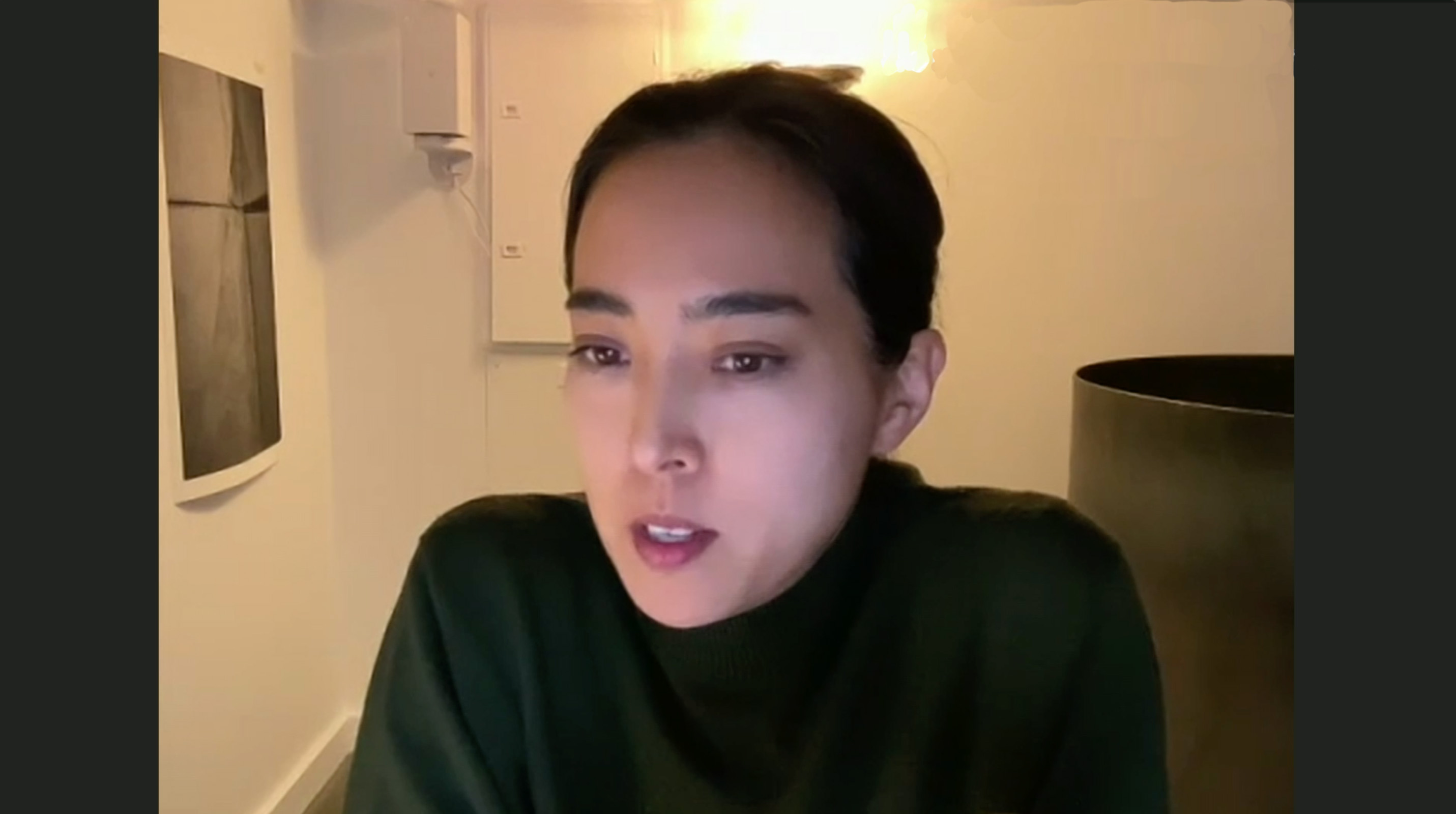
Nao Tamura (Designer)
"Many of the works expressed personal ideas and originality, but didn't stop at self-satisfaction---they invited empathy. Everyone did a great job, right down to how they conveyed their messages." (Tamura)
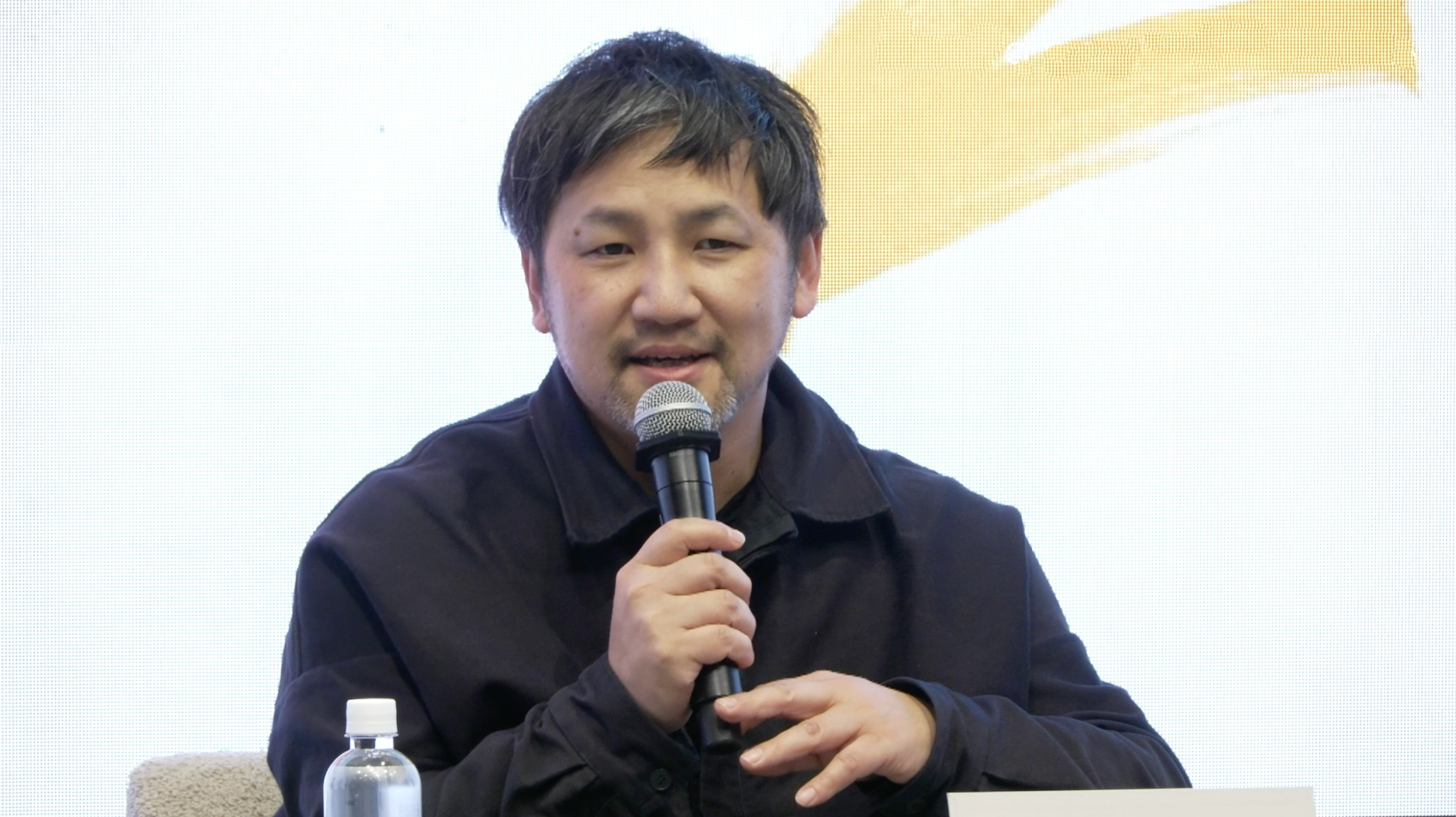
Teruhiro Yanagihara (Creative Director and Designer of TERUHIRO YANAGIHARA STUDIO)
"This year's theme embraces both process and the future. As a judge, I tried to draw out both elements from each work, expand on them, and reflect deeply. It feels like this competition has become a space where we can think and grow together." (Yanagihara)
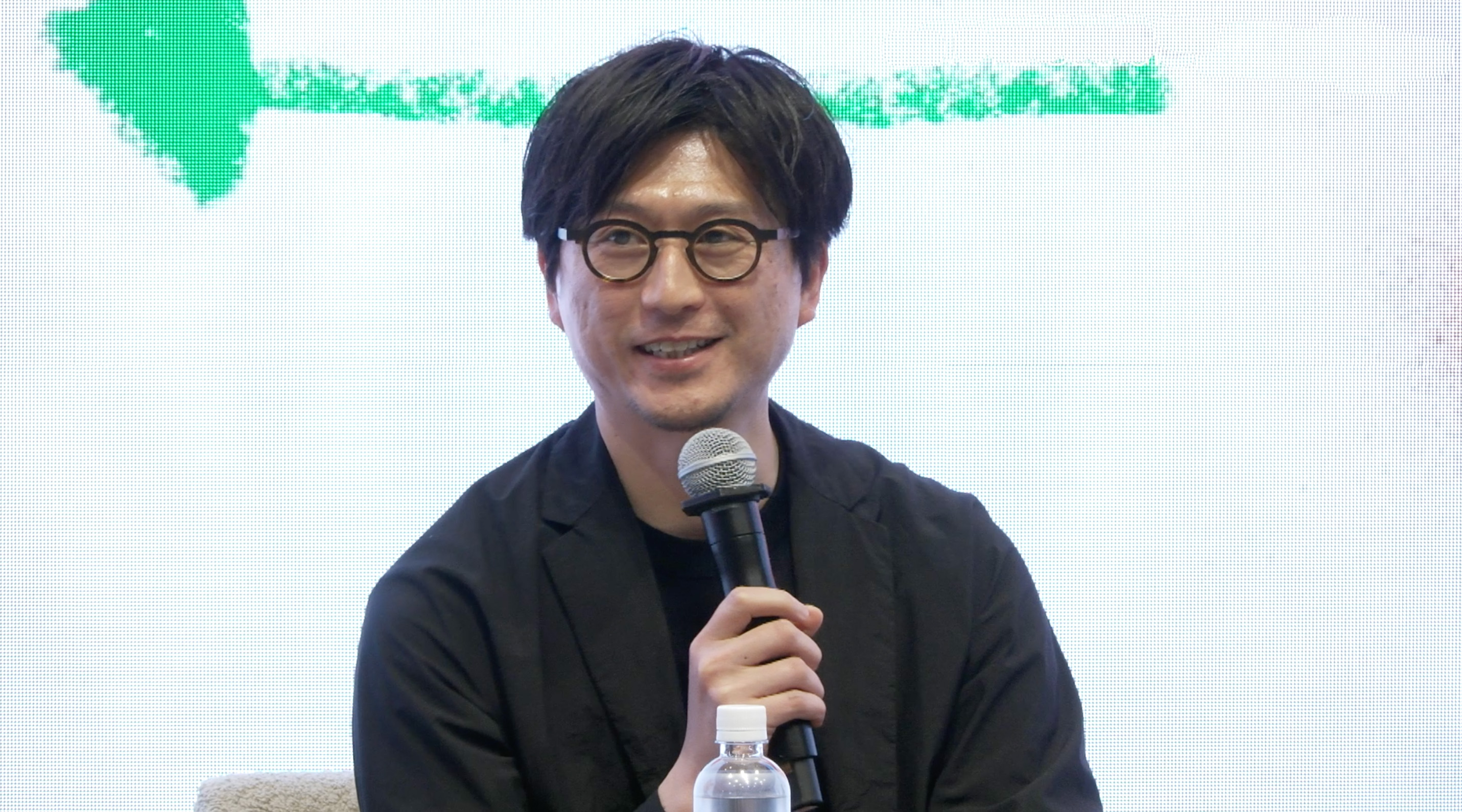
Satoshi Yoshiizumi (Designer, Representative of TAKT PROJECT)
"The theme once again played a key role, offering a powerful prompt to participants. How do we interpret designs that could only be born from that very theme? I hope it will continue to be a competition where something new can be discovered through the interactions." (Yoshiizumi)
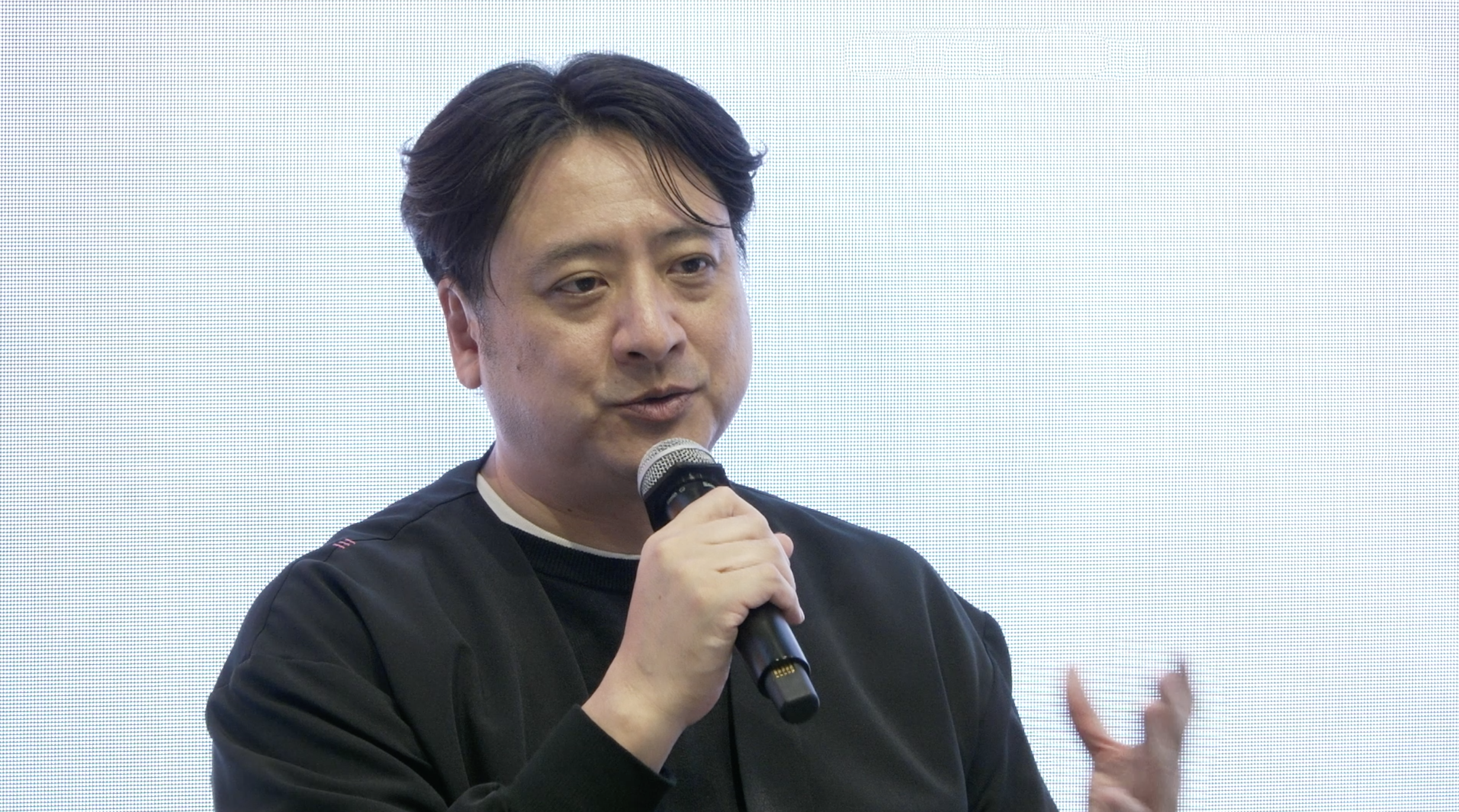
Hidekuni Kuroda (Representative Corporate Officer and President ,KOKUYO Co., Ltd.)
To close, Hidekuni Kuroda, KOKUYO's Representative Corporate Officer and President, who followed the year-long journey as organizer, offered the following words to sum up the KOKUYO DESIGN AWARD 2025. "As the host of this award, we've continued to explore how design can truly serve society. Over time, the award has gained wider recognition, and this year we were honored to welcome finalists with truly outstanding proposals. The theme was a challenging one, but I believe it was meaningful and worthwhile. In recent years, we've seen more entries from overseas, reflecting the expanding scope of design itself. We will continue our efforts to make the world a better place through the power of design. Thank you all very much. "
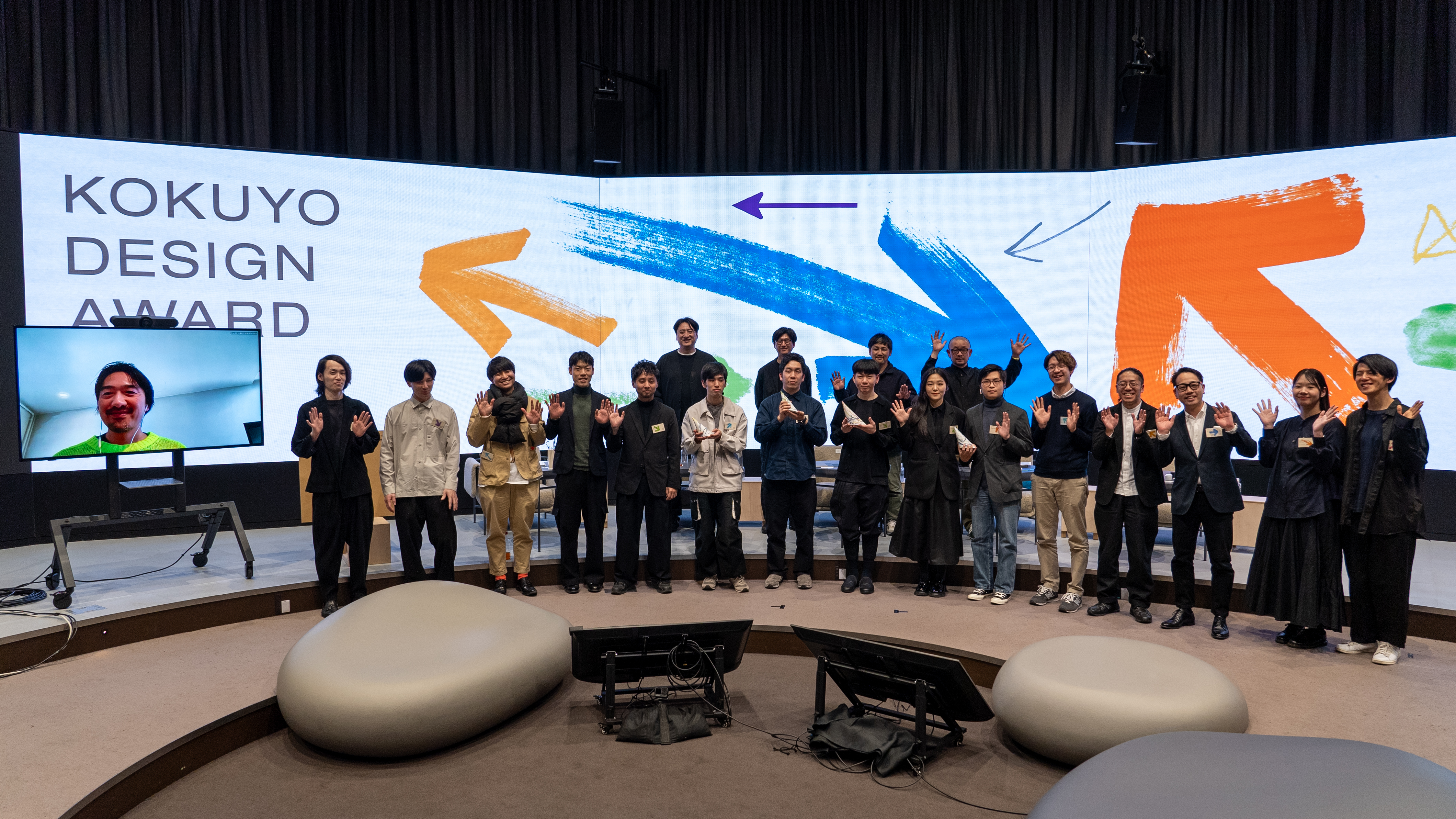
*Judges' titles are as they were at the time of judging.